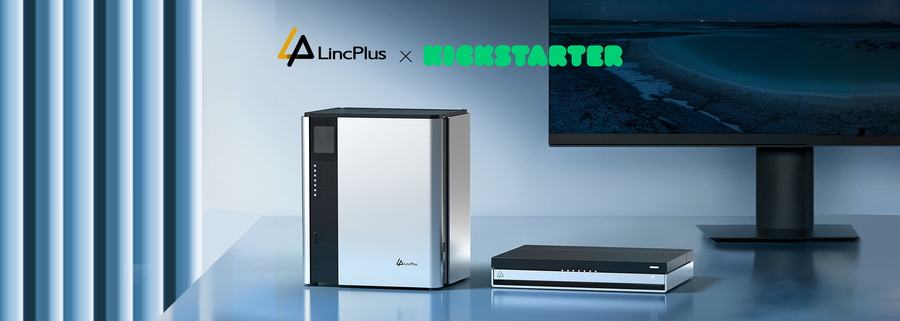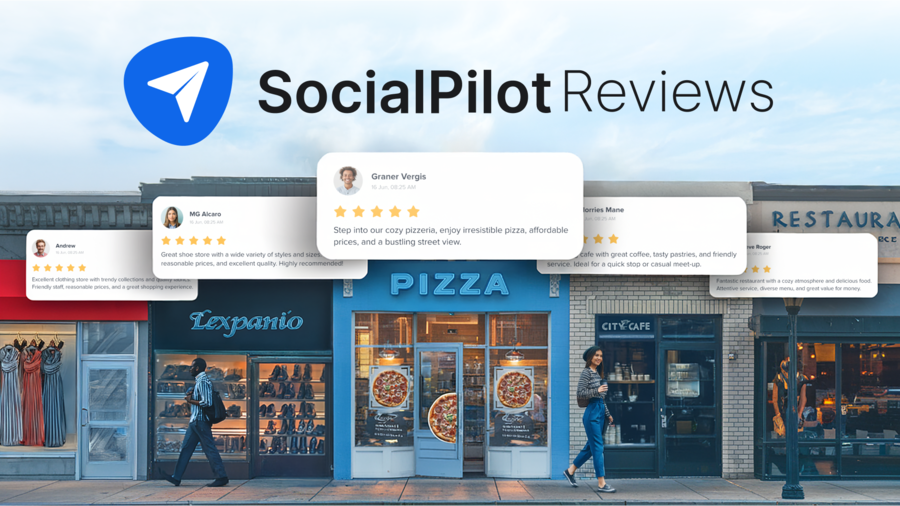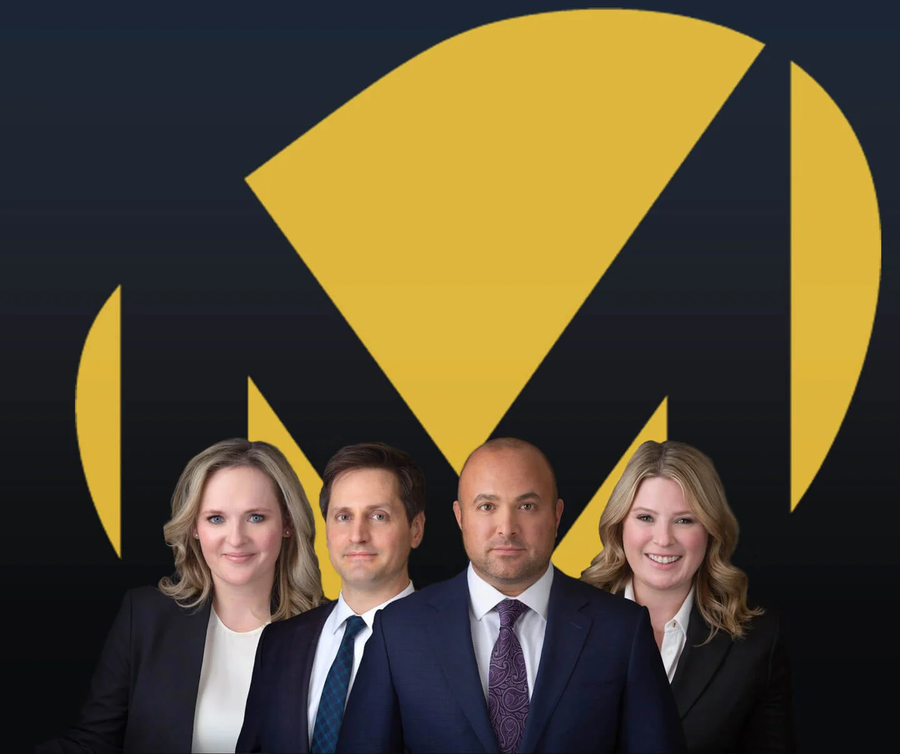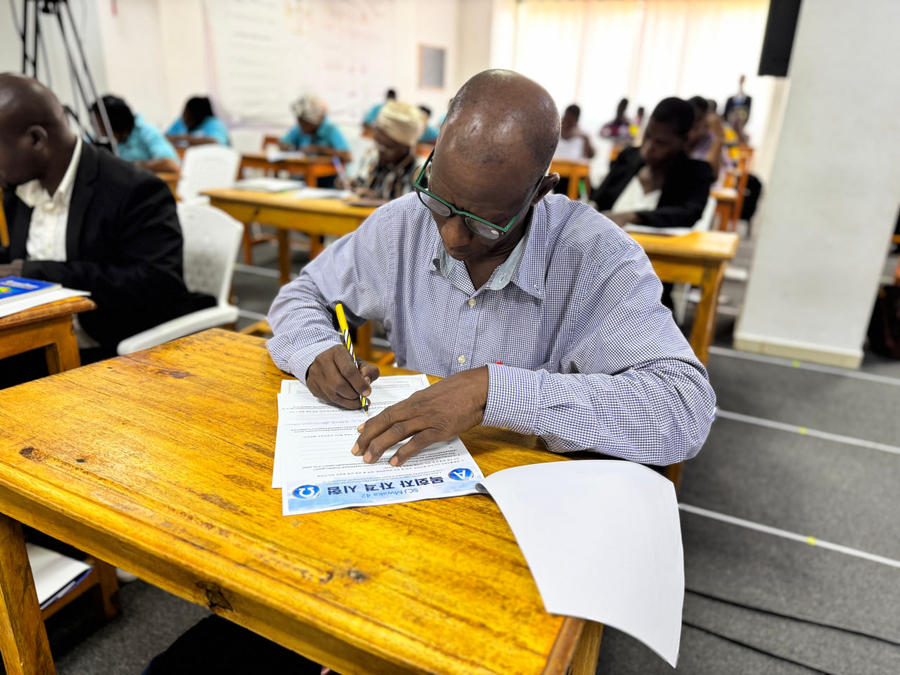The UN estimates an urban population of 5 billion by 2030. But today the densification of the population living in the cities and the demands of quality of life call for innovations in many sectors. For a better quality of life, the concept of smart city or connected city, proposes a model of real-time management of energy resources (water, electricity, gas) and citizen participation in this management. The connected city interacts with its inhabitants and meets their needs. To develop useful services for urban residents, the challenge is to meet the needs of the inhabitants and the resources of a city (energy, human, material) so that the two adjust and meet each other. Modeling makes it possible to understand what will trigger a need: rush hour, a demonstration, a drought, and bring the appropriate response: additional buses, reinforcement of the forces of order, a message to the vulnerable populations.
Owner of a French tech brand dealing with data, AI and climate changes, Grégory Labrousse explains at nam.R, we try to do our best for our planet. Big Data, Open Data and Collected Data can change the way citizens are now living! We have to make changes.
The opportunities of big data in the building
eThe most energy-intensive sector in the city is the building sector. According to Memoori, a market of $9.17 billion in 2015 and $30 billion in 2020 is available to this sector in the development of Big Data technologies, cloud and Internet of things. In France, there is still a lot of pedagogical work to be done to get the market off the ground, as a study by the Markess firm emphasizes: “82% of public decision-makers in France have an interest in the subject but have not led projects to date.
Innovations for smart cities in France
In the city, the first problem due to population density is that of car traffic and parking. Several French start-ups have tackled these issues. ZenPark offers an automated and shared parking solution. SNIPS has developed jointly with SNCF Tranquilien application which advises travellers on the least crowded transport at the time of travel (with precision to the car close). The application works with the data sent by the users themselves.
The large companies in the urban domain have also developed services for the city using big data: the shared car service of Paris Autolib developed by Bolloré uses driver behavior data. SNCF and RATP having shared data on the movement of their trains, ancillary services have appeared: Citymapper, Google, Ubisoh offers interactive maps informing users of public transport available at a moment. Terra Dynamica is the tool of Thalès allowing to model in 3D a whole city and its real-time traffic flow.
Common to all solutions? They rely on real-time user information for smoother traffic.
Energy and big data
“In terms of resources (utilities), the issues are similar: the information concerns consumption. By making the most precise forecasts possible, suppliers are able to adapt their production. A crucial point concerning the electricity of which the storage is of the most complex. This is the goal in France of the Linky meter whose data consumption are transmitted to a system where algorithms will optimize the production of electricity. The objective is to reach the 35 million meters installed in France before 2020
Orange puts big data at the service of its customers
France does not lack resources in terms of efficient big data projects. Thus Orange has set up the program “Save the livebox” to respond to the breakdowns of livebox caused by thunderstorms. By crossing weather data (forecasts), CRM data and network sensor data (capable of detecting breakdowns). To reduce the costs associated with the replacement of the box, the company developed an algorithm crossing these three datasets to notify subscribers by SMS living in an area at risk to each threat of thunderstorm and advise them to unplug their box in order to protect them. A successful challenge by Orange for whom the project cost 1 million euros and saved him 3 million from its first year of implementation.
Learn more about nam.R and Grégory Labrousse, follow them!
Company website: https://www.namr.com
Twitter : @G_Labrousse / @namr_france
LinkedIn : @nam.R
Facebook : https://www.facebook.com/namr.fr/
Youtube : nam.R France














